27 May, Salihli
Otel Yener 70TL
Just
9km from Salihli lie the ruins of ancient Sardis. Originally Lydian, Sardis was
also conquered and governed by, amongst others, the Persians, Greeks and
Romans, all of whom left their mark. The Lydians collected alluvial gold on
fleece sieves and minted the first pure gold and silver coins*, which facilitated
commerce. Under their most famous king, Croesus (595-546BC), they grew rich. During
Roman rule, the Jewish citizens of Sardis built the largest synagogue known in
the ancient world. The synagogue had mosaic floors and marble-clad walls with
coloured marble inlays in geometric designs. Sardis was destroyed by Tamerlane
(Timur the Lame) in the early-1400s. We took a local bus to the village of Sart
to stroll the Roman road with its row of shops, including a paint shop and
hardware store, and admire the partially renovated synagogue and swimming pool
and gymnasium (school).
*Wikipedia:
It was during the reign of King Croesus that the metallurgists of Sardis
discovered the secret of separating gold from silver, thereby producing both
metals of a purity never known before. This was an economic revolution, for
while gold nuggets panned or mined were used as currency, their purity was
always suspect and a hindrance to trade. Such nuggets or coinage were naturally
occurring alloys of gold and silver known as electrum and one could never know
how much of it was gold and how much was silver. Sardis now could mint nearly
pure silver and gold coins, the value of which could be—and was—trusted
throughout the known world. This revolution made Sardis rich and Croesus' name
synonymous with wealth itself. For this reason, Sardis is famed in history as
the place where modern currency was invented.

Sardis Roman road
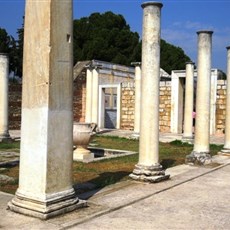
Sardis synagogue
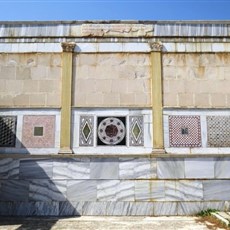
Sardis synagogue

Sardis synagogue
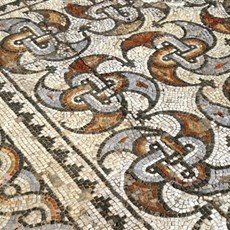
Sardis synagogue
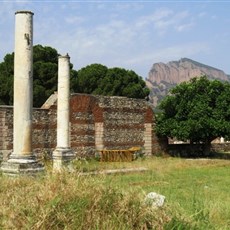
Sardis gymnasium

Sardis gymnasium
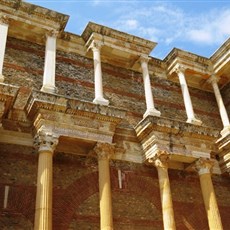
Sardis gymnasium